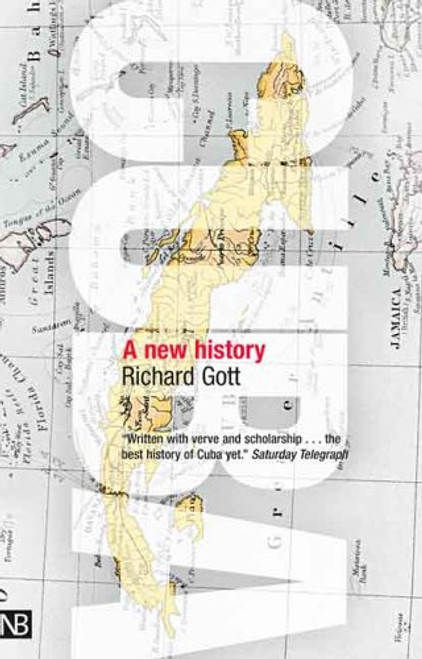The history of fine art in Cuba began in the colonial period and burst onto the international scene near the end of World War II with a groundbreaking show at the Museum of Modern Art in New York. Now available in a revised edition, Cuba: A History in Art offers one of the most comprehensive surveys of Cuban art available anywhere.
Richly illustrated in full color, this volume is the first to present many of the most important Cuban paintings in the collection of the Museum of Arts and Sciences in Daytona Beachcalled the best of its kind by Miami El Herald editor Roberto Fabricio. Featuring highlights on permanent exhibition, it includes landscapes, still lifes, portraits, genre and abstract works by the most important Cuban painters active between 1725 and 1959. In the eighteenth and nineteenth centuries, these masters developed a unique tropical style based on European prototypes. After the First World War, Cuba blossomed with a new vision, full of the color and rhythms of a sophisticated modernism.
Essays by renowned art historians Gary Libby and Juan Martnez offer a general aesthetic, historical, social, and cultural overview of Cuban art, providing context for their insights on these particular masterpieces. Especially interesting is the explanation of the convergence of cultural and political forces early in the twentieth century that made Havana and Cuba a center of modernism.
A concise overview of a magnificent artistic tradition, this volume is a must-have addition to the bookshelf of anyone interested in how the Americas influenced the history of art.







